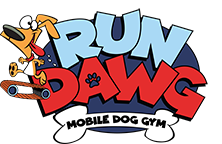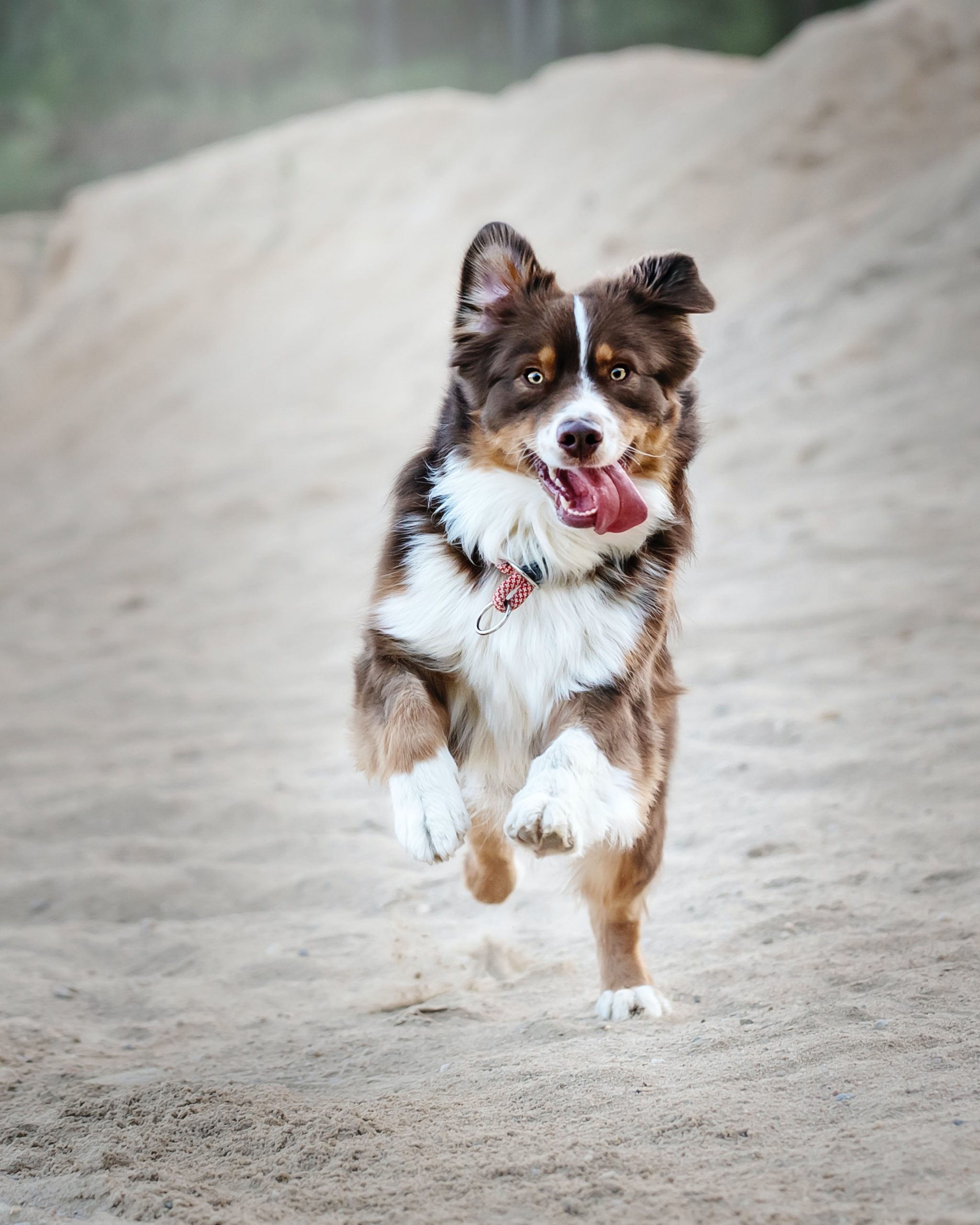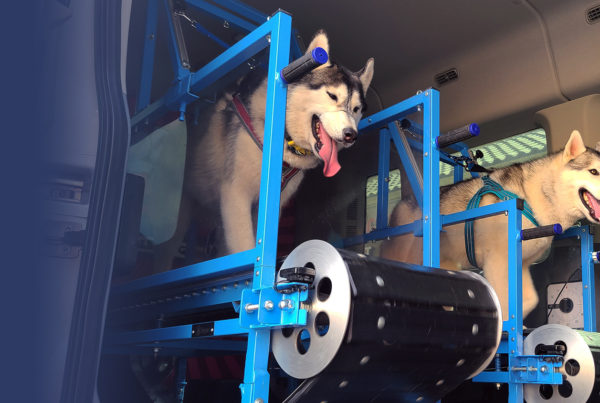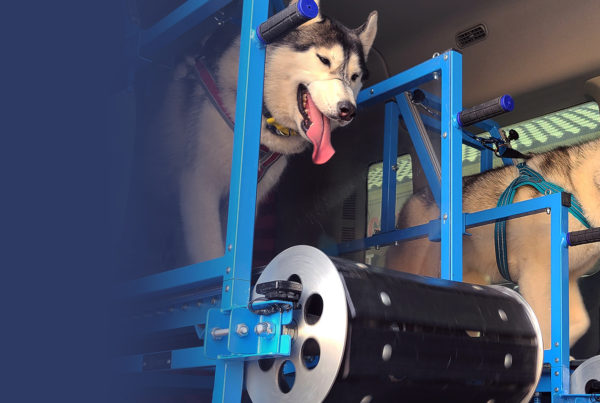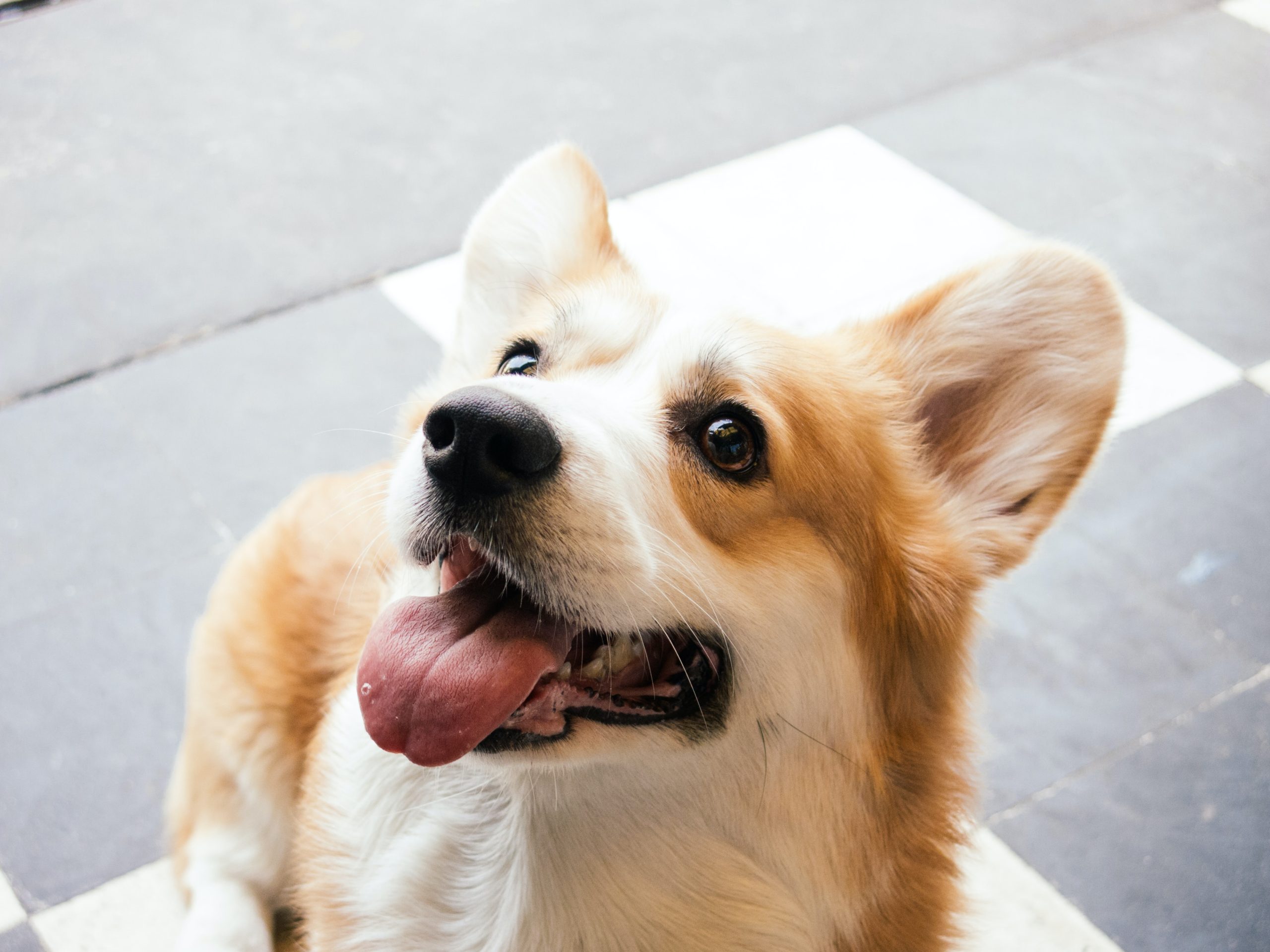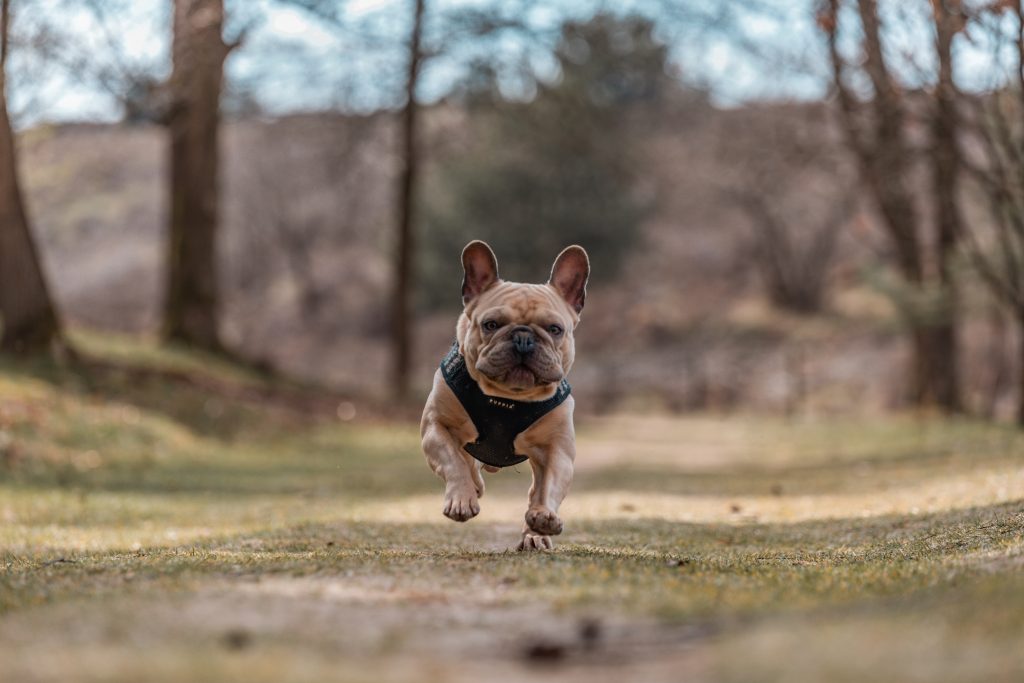
Walking your dog is the primary way that dogs in the United States get exercise. This is mainly because it is convenient for the owner, and generally you can take your dog for a walk without the extra added time of driving to a specific location. Most people tend to walk their dog in a circle around the block that their house resides on, and as less convenient aspects are added to the process we find that less people will undertake them. For example, we tend to walk our dogs on flat and even pavement, usually a sidewalk or street that has a nice, even surface that we will not fall on when walking. This is fine, but it is the bare minimum that your dog needs as far as exercise. Dog’s bodies were built to cover uneven ground, go up and down hills, and move quickly in order to hunt. This means that walking your dog on a trail or up hills is better than just walking them around the block on the sidewalk. Because it is more difficult for us, we choose to convince ourselves that our dog does not need this extra kind of exercise. The result is a lifetime of your dog using the exact same muscles every day, and while this is not a bad thing, it could be much better. Many spine, arthritis and rear-end issues come from a dog’s real leg muscles atrophying as a result of inadequate use. Walking your dog on flat surfaces puts most of the strain on their front legs, and does almost nothing to develop their rear legs. In order to develop those back leg muscles in a way that is healthy, we need to get out of our own comfort zone when walking our dog. We need to take them hiking and to the dog park (if that is possible for your dog) and get them moving in a way that will help them develop properly.
Veterinarians suggest multiple walks per day for most dogs, several miles each time. Naturally, the specific amount of exercise that is needed for your particular dog will depend on their breed, age and health status, but most dogs without health issues will need at least this much walking with you. Plan on walking them for about an hour each session, and plan on doing it several times every day. If you live in a hot climate like Las Vegas, this means getting up early in the morning and walking late at night when it is cool enough to do so. Do not overheat your dog walking them in the afternoon just because it is better for your schedule. Walking your dog in Las Vegas in the summer during the day puts their paws on pavement that can reach 160 degrees, which can burn them instantly. They can also overheat quite easily and potentially need medical attention immediately. It just isn’t worth it when you could do it later in the day. In addition to the multiple daily walks, your dog needs to raise and lower their heart rate for about 30 minutes every few days. This means running. An elevated heart rate is not achieved through walking for most dogs. You will need to either run with your dog yourself for about a half hour at a pace that causes them to actually run, or drive to a dog park where you can throw a ball or toy that they will fetch. Even when they play with other dogs, it will be done at a leisurely pace. Exercise means going past that slow pace and pushing your muscles. Only running and swimming does that for dogs. We created RUN DAWG Mobile Dog Gym to fill in the gap of high intensity exercise that most dogs do not get regularly. Basically, we designed a program using specialized treadmills that allow a dog to run at a faster pace for 30 minute periods, in order to tire them out. If you do not see your dog’s tongue hanging out, then it did not exercise enough.
So what happens if your dog doesn’t get enough exercise?
- Weight Gain: At the very least, your dog will probably gain weight because they are not burning the calories necessary for their body. They will become more bloated looking, and will lose the thin waist that a healthy dog has. A dog in appropriate shape and weight have their ribs be able to be felt through their skin. They shouldn’t look skinny like they are starving, but you should just barely see their ribs. Their body is built to maintain itself in this state to keep them able to catch prey in the wild. Their heart must remain strong in order to enable them to run quickly to hunt, and their lungs need to be able to keep their body going while they chase. All this is more difficult if they have added pounds on their body, and the result is generally a shorter life.
- Destructiveness: If your dog is tearing things up in the house, it is usually because they have too much energy and cannot figure out how to burn it off. They are not being bad, but instead are feeling confined and restless when they need to be running. The result is a dog that is difficult to train and deal with, and a house that gets damaged.
- Withdraw: If your dog does not get enough exercise and they are not acting out like ripping things up, they might become withdrawn and solitary. They may shy away from interaction with humans or other dogs. This is generally a sign that they do not feel well, which comes with a lack of good food or exercise.
- Hyperactivity on walks: If your dog is difficult to control on walks, it is probably because they are not calm. They are not calm because they have too much energy and want to run it off, but we are asking them to “heel” and walk calmly next to us. They are difficult to train or manage, and will generally pull on the leash. This type of dog needs to be exercised regularly in order to be calmer on the walk (which many people think is exercise in its own right!) The more they can run, the better they will be on walks.
So how much walking is enough?
- Small breeds. Dogs from the Chihuahua to the Bichon or Shih Tzu. They have moderate exercise needs with a daily walk of 20 to 30 minutes. The exception would be the toy and miniature poodle which need more.
- Sight hounds. Greyhound, Whippet and the Wolfhound. Even though the Greyhound is a racing dog, they’re bred for running fast for short distances and only need moderate exercise. A moderate pace walk of around 30-to-45 minutes a day and maybe some short sprints is enough.
- Giant Breeds. Leonberger, Newfoundland, Great Dane, and Saint Bernard. They have moderate exercise needs. However, it is important to stay active to keep their joints and bones strong and for weight management. A 30-to-45 minute walk is usually enough.
Dogs that need little exercise are brachycephalic dogs – Bulldogs and Pugs. Because they have pushed-in faces, they are prone to overheating. Only walk them 20-to-30 minute walk a day, taking great care in heat.
The dogs who need 60-to-120 minutes daily – are:
- Sporting breeds: Retrievers and Springer Spaniels, Standard Poodles.
- Working breeds: Dobermans, Huskies and Rottweilers.
- Herding breeds: Sheepdogs, Collies, Shepherds, Cattle Dogs, Heelers and Corgis.
Others need 60-to-90 minutes per day:
- Terrier and Vermin Breeds: Bull Terriers, Airedale Terriers and smaller terriers such as Jack Russells, Yorkshire Terriers and Westies.
- Scent Hounds: Beagles and Basset Hounds.
